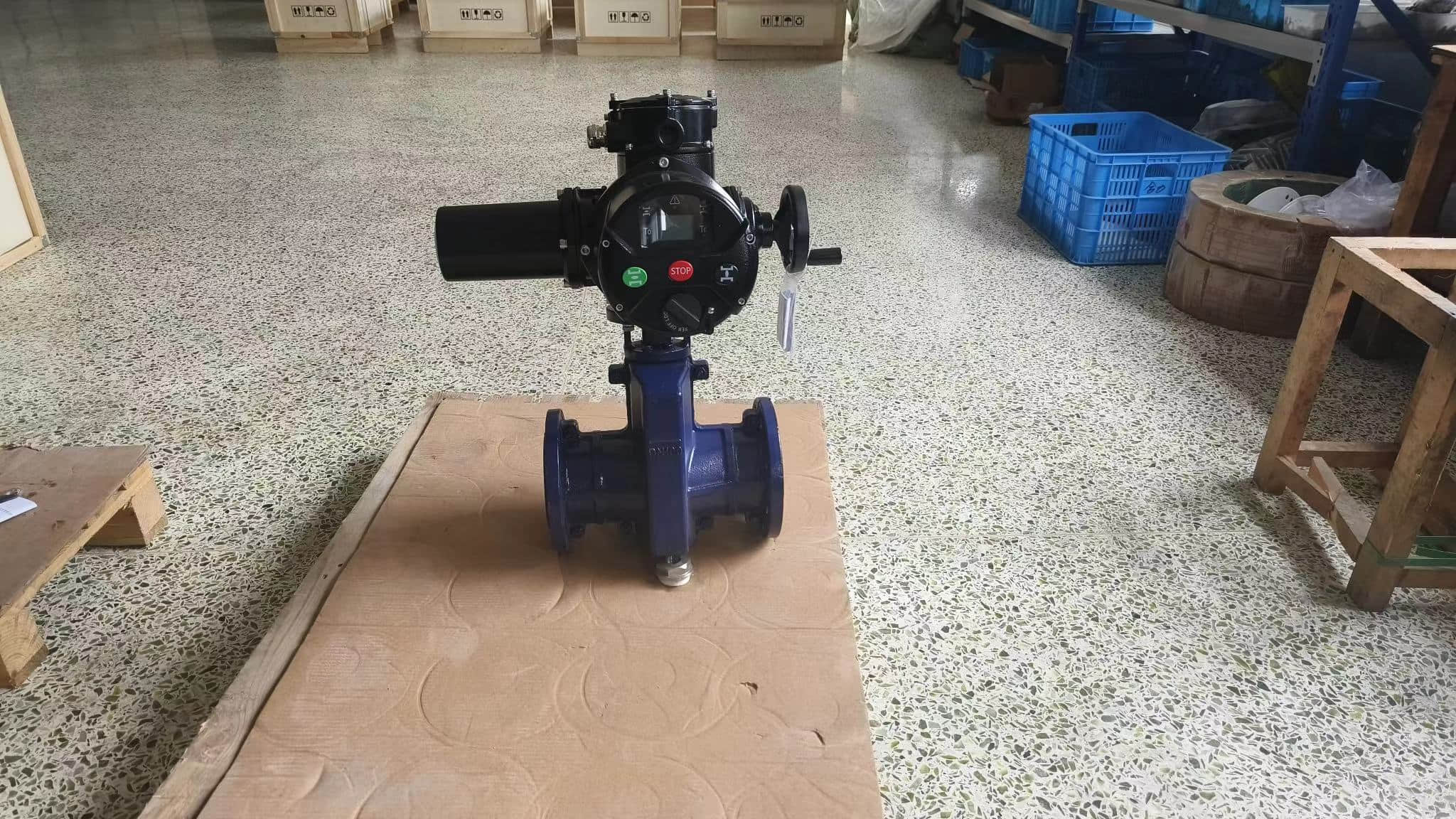understanding the wcb electric pinch valve: a comprehensive overview
Release time:2024-09-29 06:50:13
The WCB Electric Pinch Valve is an innovative solution in the realm of fluid control technologies, offering unique advantages for various industrial applications. This valve type operates on the principle of pinching a flexible tube to control the flow of liquids, slurries, and gases, making it particularly useful in industries such as wastewater treatment, food processing, and chemical manufacturing. This article delves into the design, functionality, advantages, and applications of the WCB Electric Pinch Valve, highlighting why it is an essential component in modern fluid handling systems.

Design and Functionality The WCB Electric Pinch Valve is characterized by its simple yet effective design, which comprises a valve body, a pinch mechanism, and an actuator. The valve body typically consists of a durable material resistant to corrosion and wear, ensuring longevity even in harsh environments. The pinch mechanism is the heart of the valve, utilizing a flexible tube made of rubber or another elastomeric material. When the actuator, usually an electric motor, is activated, it compresses the pinch mechanism around the tube, effectively controlling the flow rate.
The operation of the WCB Electric Pinch Valve is straightforward. When the valve is open, the flexible tube remains unpinched, allowing fluid to flow freely. As the actuator engages and pinches the tube, the flow is restricted or completely stopped, depending on the degree of pinch applied. This mechanism allows for precise control over the flow rate, making the WCB Electric Pinch Valve ideal for applications requiring accurate flow management.

